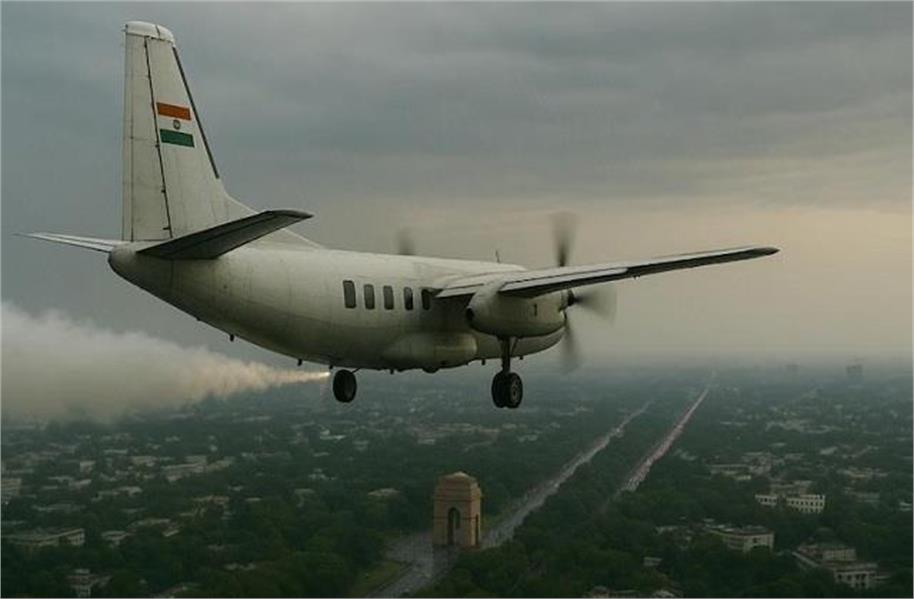National Desk: After a gap of nearly 53 years, Delhi has once again conducted an experiment to induce artificial rainfall in an effort to reduce severe air pollution levels in the national capital. Climate scientist Roxy Mathew Koll from the Indian Institute of Tropical Meteorology (IITM), Pune, stated that the first cloud seeding experiment in Delhi was carried out during the 1957 monsoon, while the second experiment took place in the early 1970s during winter.
Delhi’s Environment Minister Manjinder Singh Sirsa confirmed that the city government, in collaboration with IIT Kanpur, carried out this cloud seeding test on Tuesday across selected parts of Delhi. He added that this was the third such experiment and more trials are planned in the coming days.
According to officials, a specially equipped aircraft took off from Kanpur for Delhi to spray cloud-seeding chemicals over regions such as Burari, Karol Bagh, and Mayur Vihar, before landing at the Meerut airstrip.
Sirsa stated in a video message, “A Cessna aircraft conducted the spraying operation. It released the chemical in eight bursts, and the entire test lasted about 30 minutes.”
Part of a Broader Anti-Pollution Strategy
This artificial rainfall test is part of the Delhi government’s larger plan to combat worsening air pollution during winter months. Each burst of cloud seeding consisted of 2 to 2.5 kg of chemicals, with each spray lasting 2 to 2.5 minutes. The targeted clouds had a humidity level of 15–20%, which is considered suitable for cloud seeding.
Earlier Experiments in the 1970s
According to an IITM report, the second cloud seeding experiments took place in 1971 and 1972 at the National Physical Laboratory campus, covering an area of nearly 25 km in central Delhi. During that time, silver iodide particles were used as cloud condensation nuclei, helping moisture to gather and form raindrops.
Between December 1971 and March 1972, 22 days were identified as suitable for artificial rainfall experiments:
- 11 days were used for actual cloud seeding
- 11 days were kept as control days for comparison
Initial results from the data indicated an increase in rainfall on cloud-seeding days, suggesting that artificial rain is possible under favorable weather conditions.
Ongoing Research in India
In recent years, research and development in artificial rainfall has expanded across the country. New ground-based and aircraft-supported cloud seeding centers have been set up near Chennai and Pune.
According to IITM, cloud seeding is a process where cloud-forming agents are introduced into clouds to enhance rainfall.

